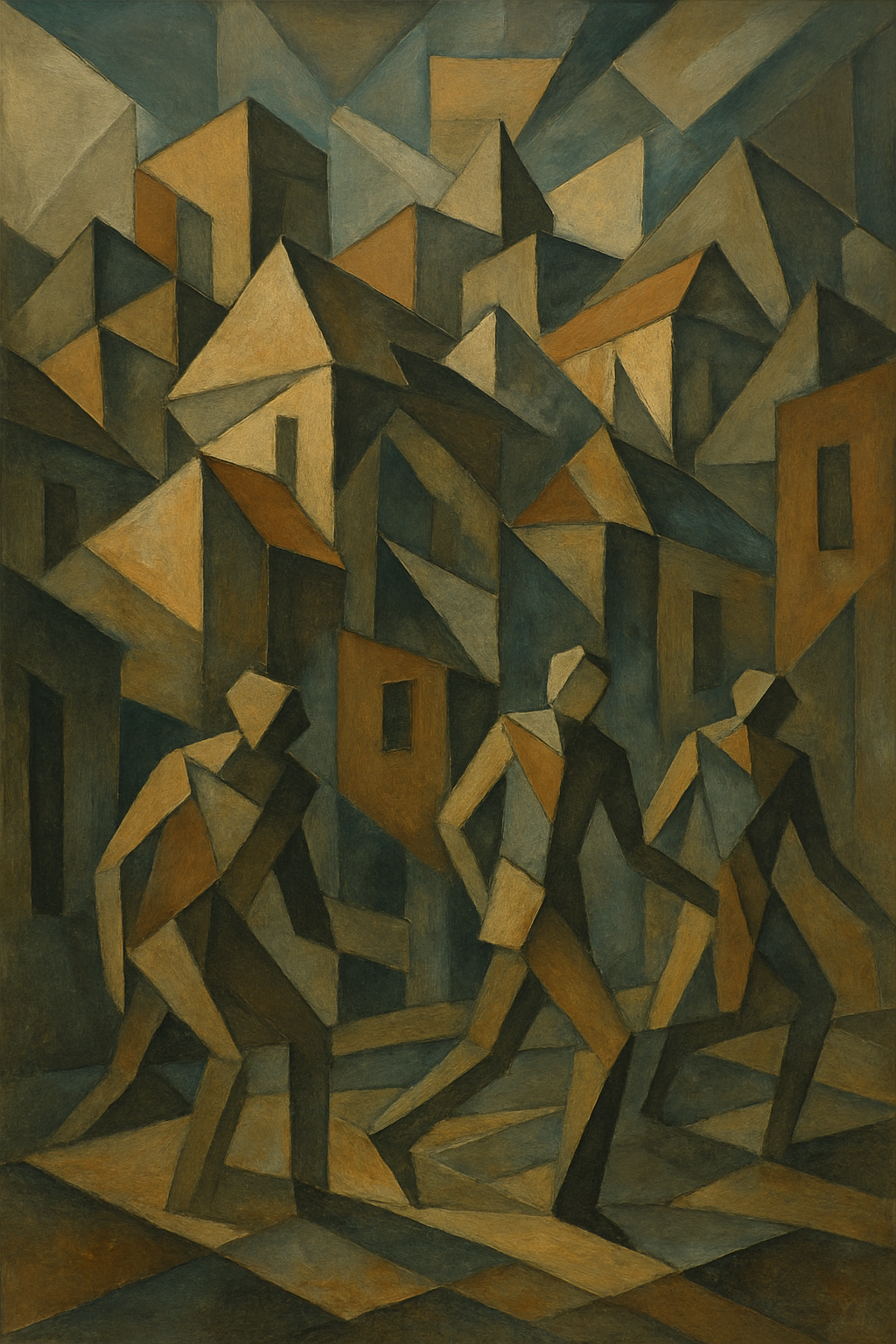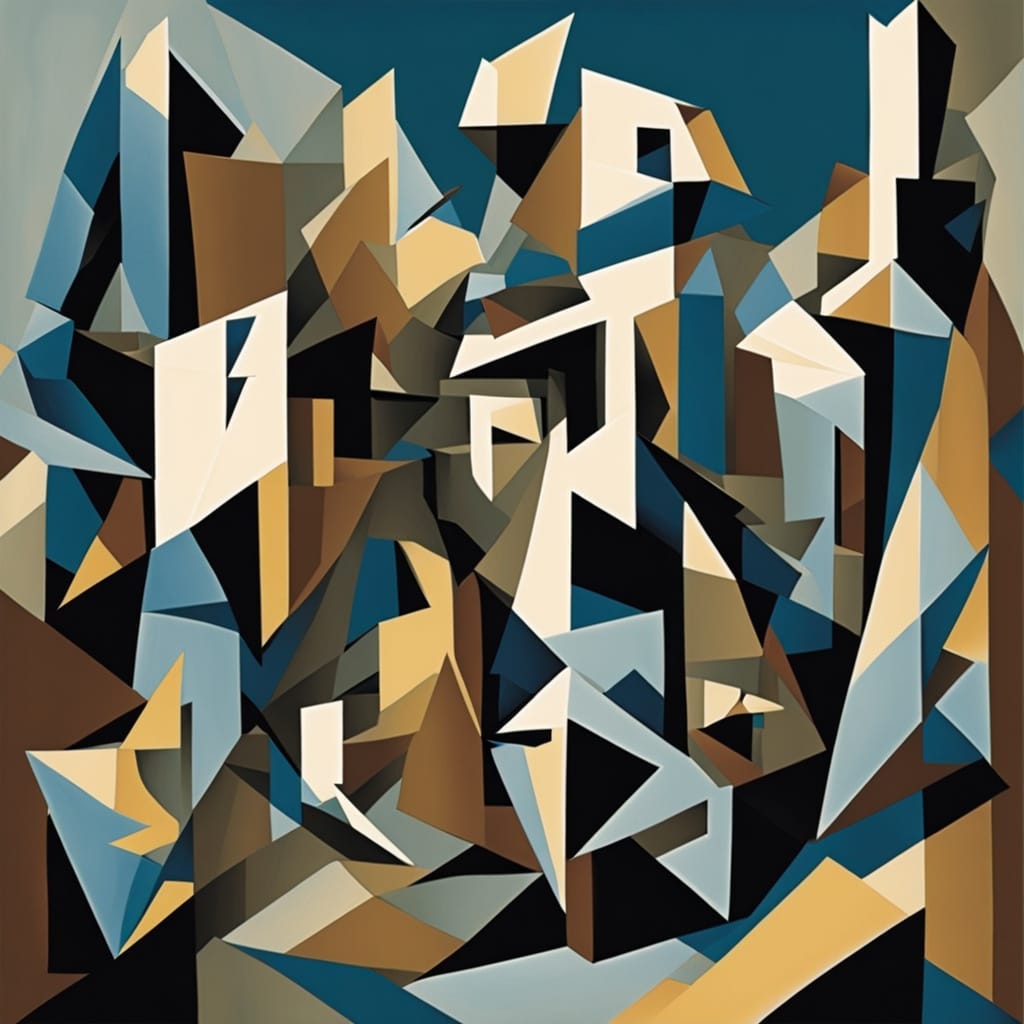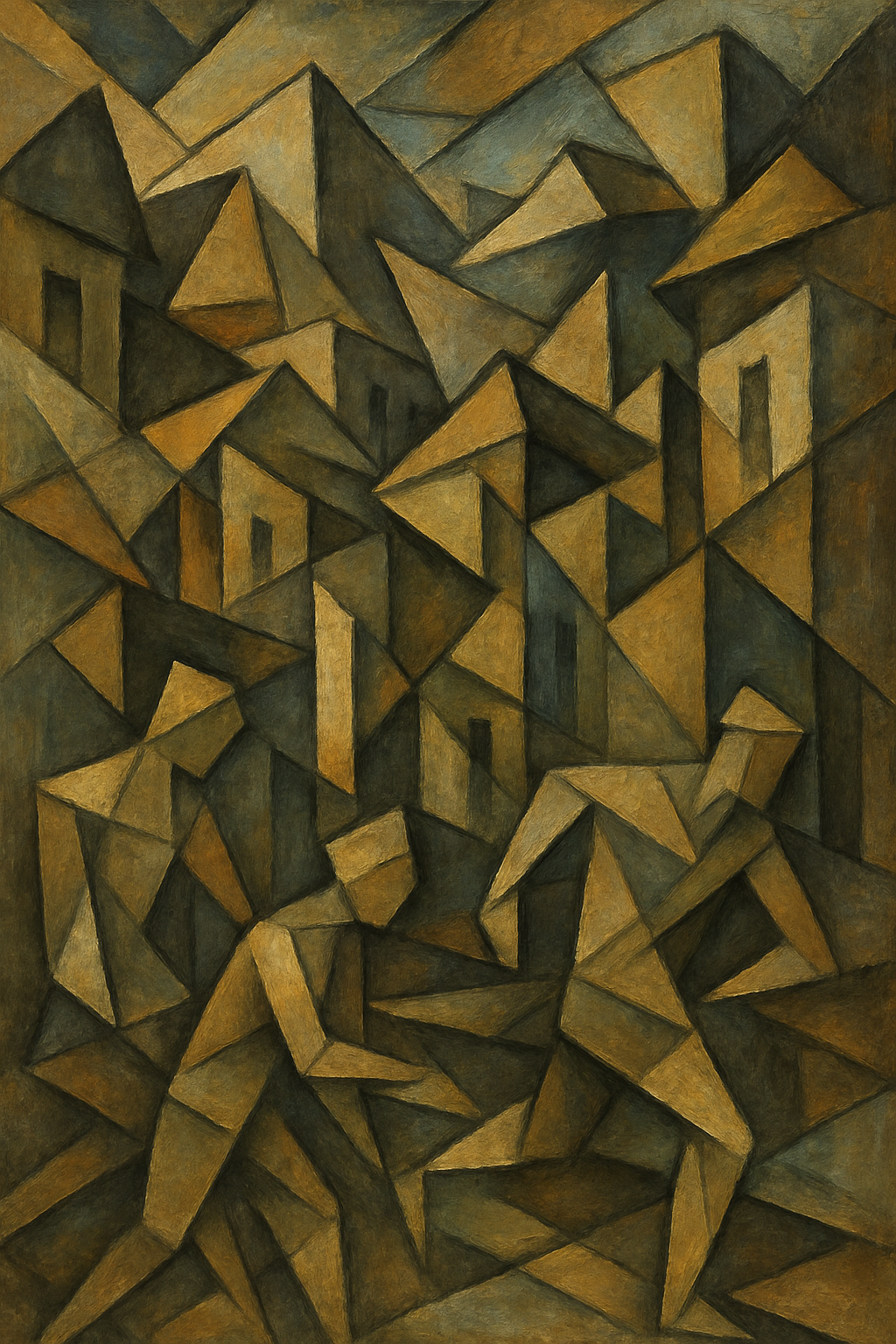
Ah, Agile. The rebellious teenager of software development methodologies. Born in 2001, forged in a snow-covered ski lodge in Utah (because nothing screams “software revolution” like après-ski philosophy), Agile emerged as a manifesto with just 68 words, 4 values, and 12 principles. It was concise, defiant, and possibly scribbled on the back of a snowboard receipt.
Agile wasn’t trying to be everything to everyone. It just wanted developers to stop crying into 500-page requirement documents and start building software that — brace yourself — actually works.
What Is Agile, Really?
Agile is more philosophy than recipe. It’s not one method but an umbrella term covering a set of principles prioritizing people over processes, working software over endless documentation, and responding to change over religiously following a plan.
At its core, Agile means:
- Individuals and interactions over processes and tools
- Working software over comprehensive documentation
- Customer collaboration over contract negotiation
- Responding to change over following a plan
These principles became the DNA of methodologies like Scrum, Kanban, Extreme Programming (XP), and more.
Is Agile Still Relevant in 2025?
Oh yes. Agile is still doing burpees in the dev gym. While it’s evolved (some would say mutated) into things like “Agile at Scale” or “Enterprise Agile Frameworks,” its heart still beats strong. Whether it’s a scrappy startup or a Fortune 500 doing Agile theater (cue the daily standups that last 48 minutes), the methodology continues to shape how teams build software.
Strengths (A.K.A. Why People Love Agile)
- Flexibility: Change your mind mid-project? No problem. Agile welcomes it with jazz hands.
- Customer-Centric: Regular feedback loops mean the customer isn’t just heard — they’re practically a team member.
- Iterative Delivery: You don’t have to wait 12 months for something to ship. Hello, working MVP in weeks!
- Team Empowerment: Developers get to make decisions instead of being code monkeys chained to Gantt charts.

Weaknesses (A.K.A. Why Agile Can Be a Hot Mess)
- Misunderstood Implementations: Everyone claims they’re Agile. Most are just doing chaotic waterfall with Post-it Notes.
- Scope Creep Central: With flexibility comes the risk of your project becoming the software version of Frankenstein’s monster.
- Hard to Measure: Without fixed timelines, managers might break out in hives trying to forecast delivery dates.
- Meetings. So. Many. Meetings: Standups. Retros. Plannings. Groomings. Agile’s social calendar is packed.
Real-World Uses and Popularity
Agile is everywhere — from unicorn startups to NASA’s software labs. Companies like Spotify, Atlassian, and even the U.S. Department of Defense have dipped their toes into Agile waters. Tools like Jira, Trello, and Asana are practically built around Agile workflows.
It’s especially prevalent in:
- Software product development
- UX/UI design cycles
- AI/ML prototyping
- Startup MVP launches
- DevOps and continuous delivery pipelines
When Did Agile Peak?
Its initial explosion happened in the early 2010s, but rather than fading, Agile has evolved. It’s now part of the furniture in most software shops, even if some teams cover it in a lace doily called “ScrumBut” (as in, “We do Scrum, but…”).
Does It Work Well with AI?
Yes, Agile fits AI like avocado on toast. AI projects thrive on short cycles, frequent validation, and the ability to pivot fast — all Agile specialties. Just don’t expect a pre-trained model to attend your standup.
Example: Building a Smart Toaster (Yes, Really)
Let’s say your team is developing a smart toaster that uses machine learning to detect optimal toast doneness.
- Sprint 1: Build a basic toasting mechanism and sensor.
- Sprint 2: Add a camera to identify toast color.
- Sprint 3: Train the AI to distinguish “golden brown” from “carbonized sadness.”
- Sprint 4: Let users rate their toast and update the model.
Each sprint delivers something usable, and the product evolves based on user feedback (and crumbs).
Alternatives
If Agile doesn’t work for your team, there are other options:
- Waterfall: For projects with strict requirements and no room for change.
- Spiral Model: For high-risk projects that need multiple iterations.
- RAD: For prototypes on a caffeine deadline.
- XP: For folks who think testing and pairing are romantic.
Is Agile the Subject of Any Famous Art?
Not unless you count the mural of frustration developers paint on their souls during badly run sprints. But there should be a piece: “Scrum Master with a Thousand Yards Stare, Oil on Gantt Chart.”
Fun Facts
- The term “Agile” was suggested by Kent Beck, Ron Jeffries, and Martin Fowler — software devs who wanted to stop being tortured by traditional methodologies.
- The Agile Manifesto was written in 2001 by 17 developers. None of them expected it to go viral.
- There’s an actual Agile Manifesto website where you can read the original text and see who signed it.
Final Thoughts
Agile isn’t perfect. But it’s real, it’s useful, and when done right, it’s a beautiful dance between chaos and clarity. Whether you’re building a billion-dollar app or a niche tool for tracking houseplants, Agile gives you the rhythm to adapt, deliver, and (hopefully) not burn out.
Follow for more posts on dev life, and drop your best (or worst) Agile moments in the comments. Bonus points if they involve sticky notes or sprint planning tears.

Art Prompt: A fractured cityscape rendered in the jagged geometries and muted earth tones of early Cubism. Angular buildings jut across the canvas at impossible angles, their forms overlapping like shuffled playing cards. The sky is broken into shards of dusky ochre and steel blue, while faceless figures in contorted poses move through the scene with mechanical repetition. The overall mood is one of modern disconnection and fractured identity, captured in a visual language that deconstructs space and time.
Video Prompt: Animate a Cubist cityscape coming to life: jagged buildings assemble and disassemble like a living puzzle, while faceless figures move in sharp, repetitive motions. Use quick cuts, stuttered motion, and syncopated transitions to mimic the disjointed geometry. Overlay a moody, glitchy jazz soundtrack to reflect the surreal urban rhythm. Perfect for TikTok’s artistic side.